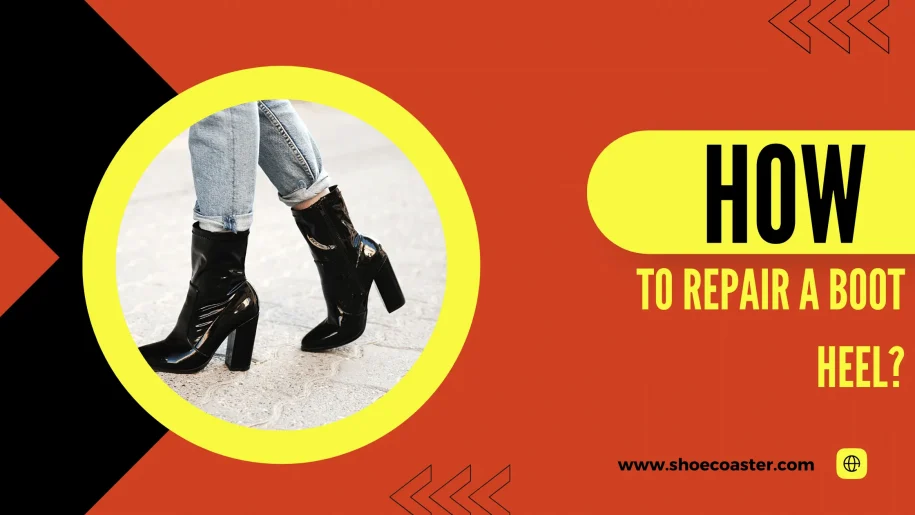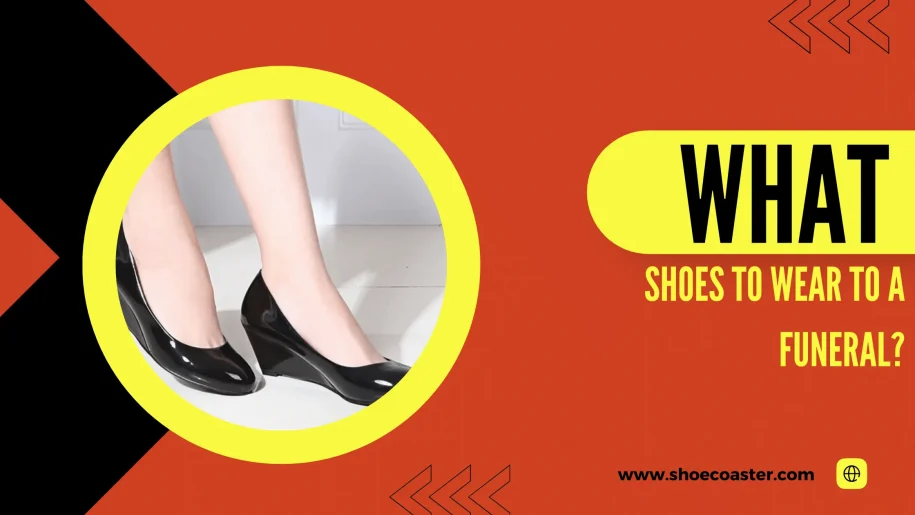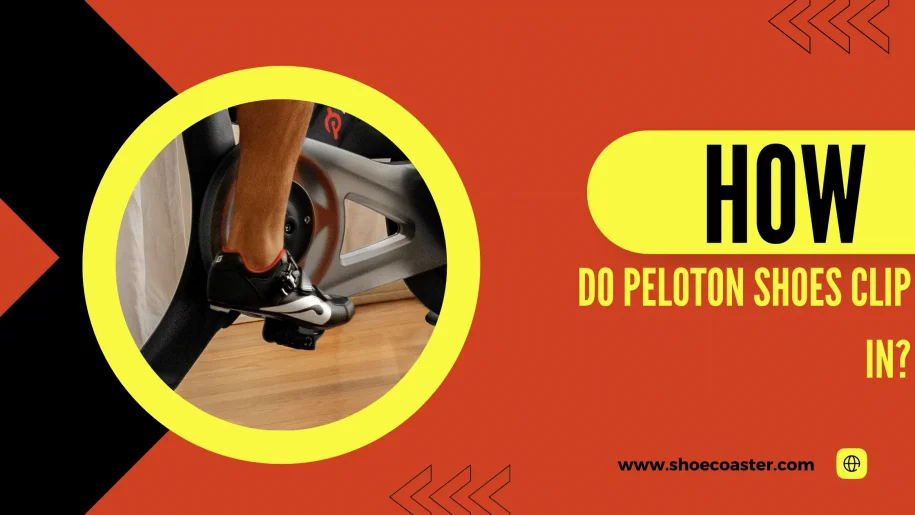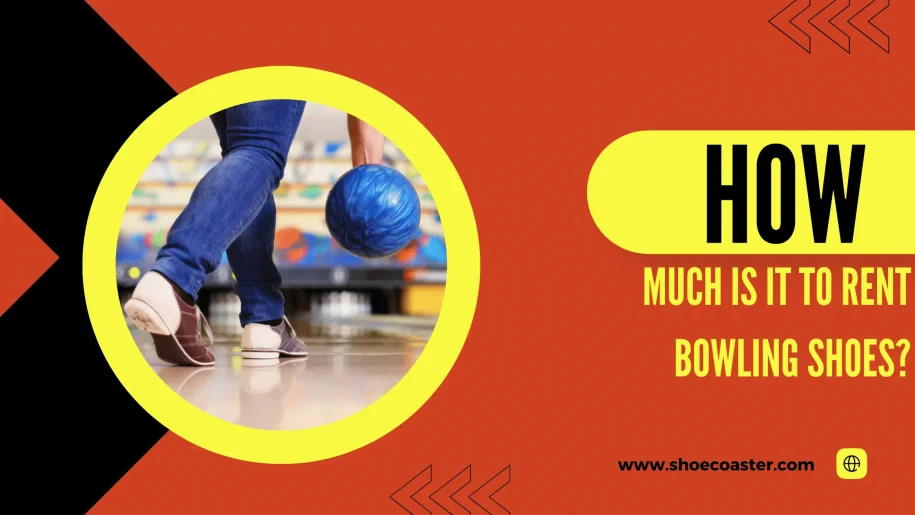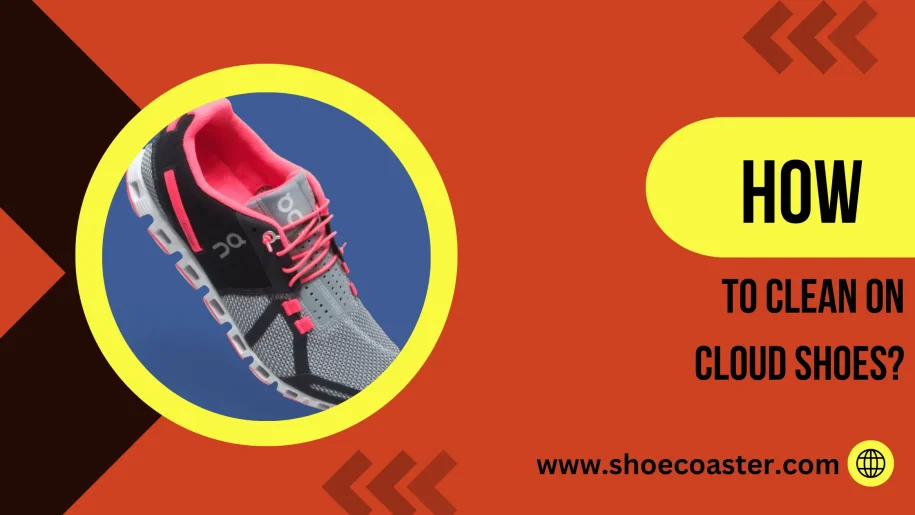It can be frustrating and disheartening to think of something so seemingly simple as tying your shoelaces out of reach. But take heart: there is light at the end of this tunnel, and it won’t be too long until you drop those loafers or lace up those slimline sneakers with total assurance!
We’ll delve into how long after a hip replacement surgery one should wait before returning to their regular habits like tying their shoes. You don’t need to worry; we have all the answers for getting that double knot right now!
After undergoing a hip replacement, one of the most common challenges patients face is regaining the flexibility and strength required to perform everyday tasks, like tying their shoes. Typically, after a hip replacement, you’ll be advised to avoid specific movements to protect your new joint and ensure proper healing. This includes avoiding bending your hip more than 90 degrees, which is the position typically needed to tie your shoes conventionally.
Week 1-2:
At this stage, you’re likely still heavily reliant on walking aids and are focusing on essential mobility. Bending over to tie shoes is generally not recommended. Instead, consider using slip-on shoes, shoes with Velcro straps, or a long shoe horn to help get shoes on without bending.
Week 3-6:
You might gain more mobility and strength as you progress with your physical therapy. Still, it’s advised to avoid bending your hip excessively. Adaptive tools like long shoe horns or elastic no-tie laces can be beneficial.
Week 7-12:
Many patients regain more function by this stage and might feel more comfortable bending slightly. However, always follow the advice of your orthopedic surgeon or physical therapist. They may give you exercises to improve flexibility safely.
After Three Months:
Most patients are well into their recovery by this point. If you’ve been consistent with physical therapy and have experienced no complications, you can tie your shoes conventionally. However, always prioritize safety and comfort. If bending causes pain or feels strenuous, relying on adaptive methods for a bit longer is okay.
It’s essential to understand that individual recovery rates can vary. Some patients can tie their shoes sooner, while others might take longer.
Factors Influencing Your Shoe-Tying Ability Post-Hip Replacement:
1. Type Of Surgery:
The surgical approach used during the hip replacement, such as anterior (front) vs. posterior (back) approaches, can influence post-operative mobility and precautions.
2. Individual Healing Rate:
Some people naturally heal faster and experience quicker returns of flexibility and strength, while others might need more time.
3. Physical Therapy Adherence:
Engaging in regular, guided physical therapy can significantly influence the speed and efficacy of recovery. The exercises aim to restore strength, flexibility, and overall mobility.
4. Age:
Younger individuals might find it easier to regain specific movements faster due to natural elasticity and muscle strength, although hip replacements are commonly performed on older individuals.
5. Pre-surgery Fitness Level:
Patients who were active and fit before the surgery often have a more robust recovery and can return to regular activities, including shoe-tying, sooner.
6. Presence Of Complications:
Any post-operative complications, such as infections, prosthetic issues, or dislocations, can slow recovery.
7. Mental Readiness:
Apart from physical capability, the psychological aspect plays a role. Some individuals might feel apprehensive about bending and stretching after surgery, fearing they might damage their new joint.
Alternatives To Traditional Shoe-Tying Post-Hip Replacement:
1. Slip-On Shoes:
These require no tying and can easily be worn using a long-handled shoehorn, minimizing the need to bend.
2. Velcro Straps:
Many shoes, both casual and athletic, come with Velcro straps. They offer the snugness of laced shoes without the need for tying.
3. Elastic No-Tie Laces:
These turn regular lace-up shoes into slip-ons. They’re stretchy, allowing you to slip your foot into the shoe without bending to tie laces.
4. Long-handled Shoe Horn:
This tool helps slide the heel into the shoe without bending over. It’s especially beneficial in the early stages of recovery.
5. Shoe-Tying Aids:
Devices are available that can grip and pull laces tight, reducing the need to bend too much while securing the shoe.
6. Loafers Or Moccasins:
Both styles are easy to slip on, and they offer a snug fit without the need for any ties or straps.
7. Switching To Sandals Or Open Shoes:
Depending on the weather and the situation, temporarily using open shoes or sandals can be an option. Incorporating these alternatives can make the recovery process smoother and ensure that individuals remain independent and mobile without compromising the health of their new hip joint.
The Do’s And Don’ts After A Hip Replacement:
After undergoing a hip replacement, it’s crucial to follow specific guidelines to ensure proper healing, prevent complications, and maximize the outcome of the surgery. Here’s a list of the general do’s and don’ts following the procedure:
Do’s:
- Participate in a prescribed physical therapy program to restore strength, mobility, and function.
- Do use walkers, crutches, or canes as your surgeon or physical therapist recommends.
- Do sleep with a pillow between your legs for the first six weeks if advised, especially if you’ve had a posterior approach to surgery. This helps keep your new hip in the best position.
- Do wear non-slip shoes to prevent falls.
- Ensure your seat is at a height that keeps your knees lower than your hips when you sit down. This position helps prevent excessive hip flexion.
- If something feels wrong or you experience sudden, sharp pain, stop the activity and consult your physician.
- Do keep all follow-up appointments with your surgeon to monitor your progress and ensure the proper functioning of your new hip.
Don’ts:
- Wait to cross your legs at the knees for at least eight weeks.
- Don’t bend at the hip beyond 90 degrees. This includes bending forward while sitting or bending down to pick up something from the floor.
- Don’t twist or pivot on the affected leg for at least six weeks.
- Don’t climb more than necessary, and always use the handrail. When you need to rise, the excellent leg should step up first, followed by the operated leg and then the crutch or cane.
- Don’t lift heavy objects, as this can strain your hip joint.
- Don’t sit on low chairs, beds, or toilets. Raised toilet seats are often recommended.
- Wait to drive until your physician has cleared you. Typically, this is around 4-6 weeks, but it can vary based on individual recovery and the side of the hip replacement.
- Don’t participate in high-impact activities such as jogging, jumping, or anything that significantly strains your new hip joint.
Conclusion:
Recovering from hip replacement can be a long journey. Remember that physical therapy and rest are vital to a healthy and quick recovery time. The time needed to tie your shoes without pain or discomfort will vary depending on the person and the extent of their surgery. However, most people can typically begin tying their shoes around 4 to 6 weeks after surgery as a goal in mind. You are strong and capable; your body needs some TLC this time!
Best wishes for a speedy recovery!


